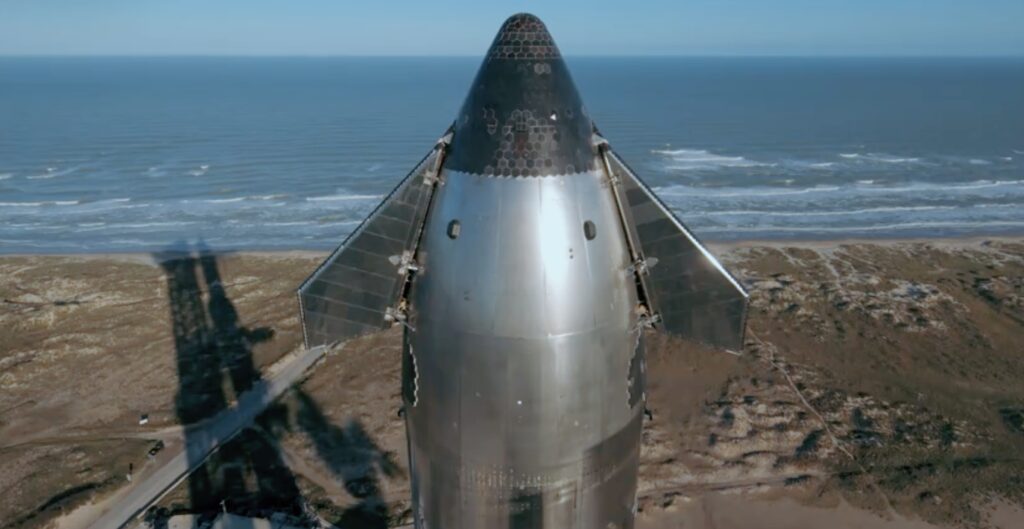SpaceX Starship Flight 9: Rewriting the Future of Space Travel
SpaceX is gearing up for the ninth integrated flight test of its revolutionary Starship launch system. This flight, scheduled for May 27, 2025, at 23:30 UTC (or 4:30 AM on May 22 Pakistan Standard Time), is more than just another test—it’s a bold leap toward a reusable, interplanetary future.
Countdown to SpaceX Starship Flight 9
What's Unique About Flight 9?
Unlike previous test flights, Flight 9 will feature a remarkable milestone: the first reuse of a Super Heavy booster, known as Booster 14. Accompanying it is Ship 35, which has undergone rigorous testing including a 64-second static fire test on May 12.
This mission is part of an effort to test the performance and reliability of the Block 2 Starship architecture. Both the booster and the ship contain several refurbished components, notably 29 of 33 Raptor engines reused from earlier missions.

Launch Site and Flight Profile
The launch will take place at Starbase, Texas, SpaceX's private spaceport facility. After liftoff, the rocket will follow a suborbital trajectory, with the ship expected to splash down in the Indian Ocean.
Meanwhile, Booster 14 is planned to return to Starbase for a powered landing. However, a contingency landing in the Gulf of Mexico is prepared in case of an anomaly during reentry.
Engineering Excellence
The integrated system is a marvel of modern engineering. The Super Heavy booster provides the thrust necessary to escape Earth's gravity, while the Starship upper stage is optimized for orbital maneuvering and payload delivery. Together, they aim to create a fully reusable launch system, reducing the cost of space travel exponentially.
This mission also includes advanced telemetry and heat shield evaluations to gather vital data for future deep-space missions, including those targeting the Moon and Mars.
Why It Matters
This isn't just about another test flight. Flight 9 represents SpaceX's broader vision for the future. By reusing both stages of the rocket, SpaceX is aiming for rapid turnarounds, lower costs, and sustainable access to space.
The success of this mission will validate design changes, manufacturing techniques, and operational strategies critical for the upcoming Starship Human Landing System (HLS) that NASA intends to use for its Artemis lunar missions.
Anticipation and Global Impact
Millions of space enthusiasts and scientists are closely watching this launch. If successful, it will show the world that rapid rocket reusability is not just possible, but practical. This could accelerate timelines for satellite deployment, scientific missions, and even tourism beyond Earth.
Moreover, it sets a precedent for international collaborations and inspires a new generation of engineers, astronauts, and dreamers. The path to Mars, once the stuff of science fiction, feels increasingly within reach.
Final Thoughts
SpaceX Starship Flight 9 isn't just another rocket launch—it's a pivotal experiment in humanity’s journey to become a multi-planetary species. With each flight, SpaceX refines its designs, learns from failures, and proves that innovation is best driven by iteration and bold vision.
So mark your calendars for May 21, 2025. Whether you're a student, engineer, scientist, or space enthusiast, this mission is worth watching. It's a glimpse into the future of space exploration—one that's closer than ever before.
https://youtu.be/Y5BmVIixKGM?si=bWKRJU8A6GDxFKHY
Read more article here



Pingback: ISRO's PSLV-C61 Mission Failure: What Happened and What Comes Next?